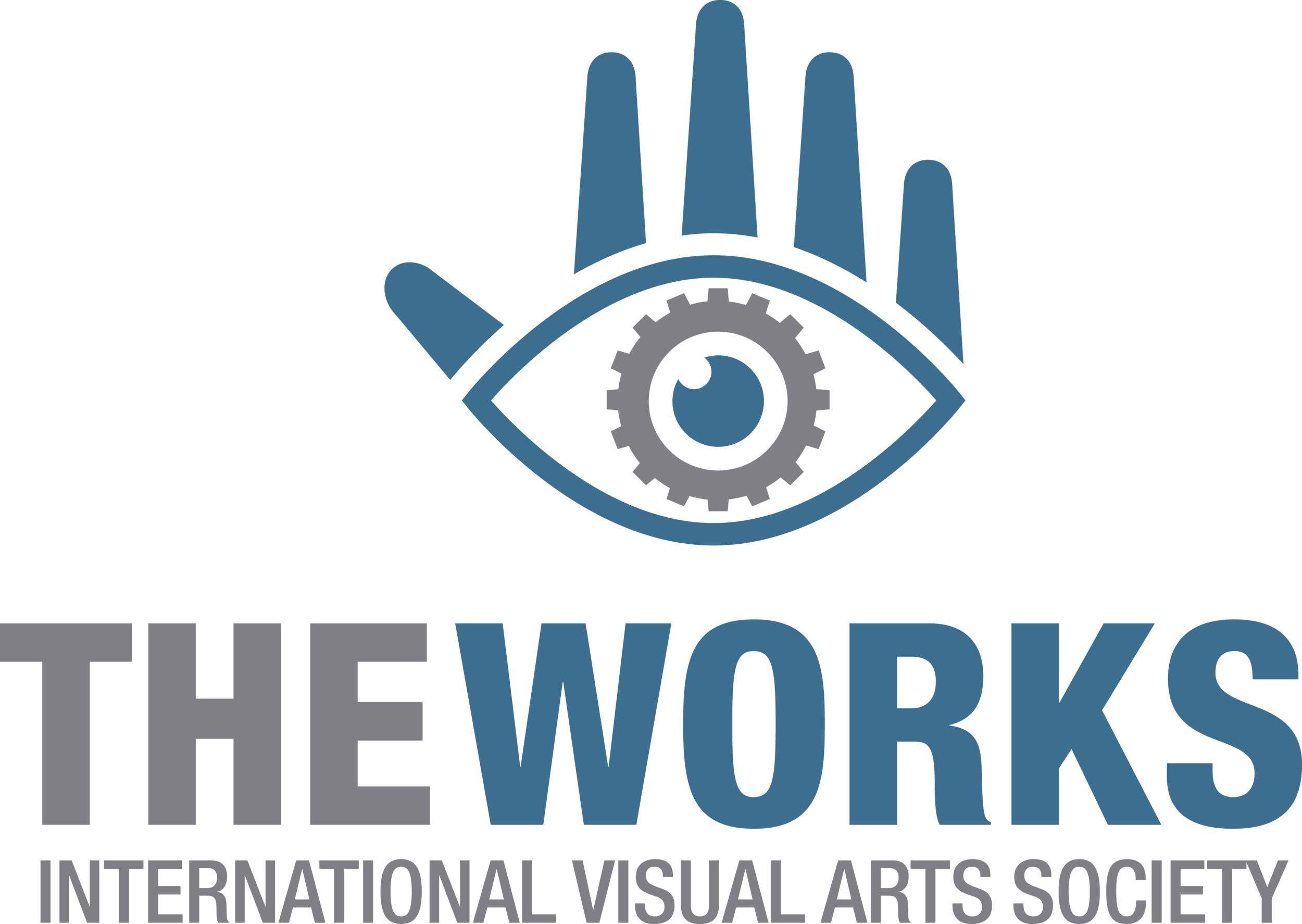Piece by Piece: An Organic Massive Production
by: Cat Jones, Production Assistant.

“There is only one way out of here: piece by piece” - Slayer
I overheard a coworker the other day (as one often does in such a buzzing workplace) say, “Some people learn by throwing all the balls in the air, then running around trying to catch them”. Though I don’t think this is a perfect comparison to working on the Production crew at the Works, I can laugh at the imagery. Every time our crew turns around, another technical problem is waiting to be solved. If we manage to find solutions to all these problems, if we manage to catch all the balls, the accumulation of our movements becomes the grand movement that is the festival.
We are doing a piece-by-piece assembly of something much larger than ourselves, and it starts with one problem solving process at a time. Problems are first introduced as “what are we trying to accomplish? What will be the function of this structure we are trying to build?” The experience of supervisors helps in figuring out the initial approach to building something and drawing up a plan or a blueprint. Then comes another specific set of questions. “What resources are at our disposal to achieve this?” For example, cutting the wood so that the most is utilized, or using our stock of wood before purchasing more, are taken into account with materials. Other considerations such as , “Does this meet the artist’s desires?” are ever-present. It was easier to build a large plinth slightly off from our initial measurements, but we had to find a way to conform to an exact size that would match Jean-René Leblanc’s augmented reality software.
A process begins to happen that transforms our initial question of “What are we doing?” to something manifested. This becomes “How are we going to make this happen?” For Production assistants, adjustments and improvements can take place on a very small scale such as, “Is this the best way to clutch this tool?” or, “If we have to build ten of these ‘A’ Frames, what parts of this process can we simplify to make it the most efficient?”. When working on a large team one must always ask, “Is the whole team on board with this method (of transporting walls, etc.)?” One problem after another, all the details start to take form as solutions.
Production at the Works is the
right environment to try to catch all the balls falling in the air, and to discover better
ways of doing so. Any task can be broken down into small components, and Works
Production has come to resemble both an industrial process and an artistic process.
Instead of ending as a final product, the Works continues to grow organically day after
day, year after year as new questions emerge and new balls fall from the sky.
About the author: Cat Jones is an emerging artist pursuing her BFA at NSCAD University in Halifax, Nova Scotia, where she will begin studies in the interdisciplinary Fine Arts program this fall. Cat was awarded the Heidi Jahnke Memorial scholarship upon entrance to NSCAD. Cat recently completed the Fine Arts diploma at MacEwan University, where a large-scale drawing of hers is currently being installed in the library, as a recent addition to their collection. Cat’s aim is to stimulate and fascinate the viewer, playing with the grey space between poles of perception. To find out more or to contact Cat, visit heshnut.com.
